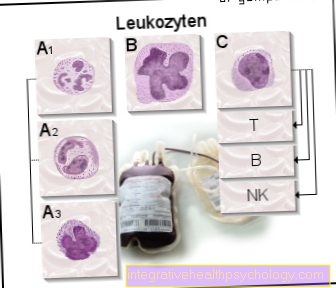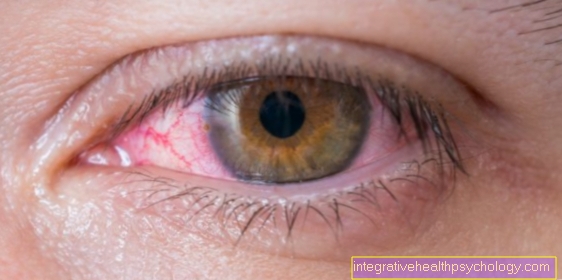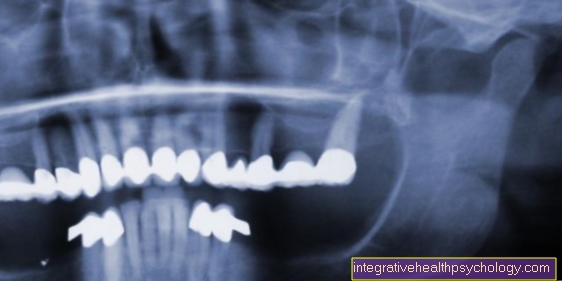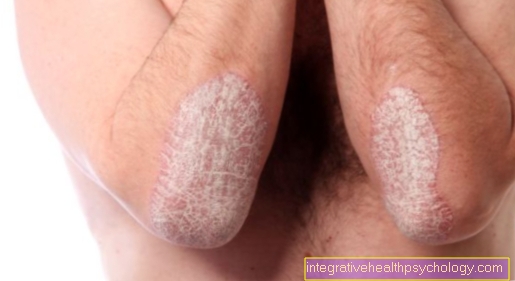Eyebright
Latin name: Euphrasia
Genus: Pharynx, figwort family
Common names: Augustine herb, grummet flower, autumn flower, milk thief
Plant description eyebright
Plant description: Eyebright is a semi-parasite, it takes ready-made nutrient solutions from the roots of surrounding grasses. Annual plant, 20 to 30 cm tall, softly hairy, ovate and sharply toothed leaves. Flowers light purple to white, an important feature is the yellow spot on the three-lobed lower lip.
Flowering time: Late summer to autumn.
Origin: Occurrence in meadows all over Europe, preferably in central and southern Germany and in Italy.
Plant parts used medicinally
All the flowering herb (without roots)
ingredients
Little essential oil, antibiotic aucubin, tannins and bitter substances, flavonoids.
Medicinal effects and use of eyebright
Eyebright is used, as the name suggests, for irritations of the eyes such as eyelid inflammation, conjunctivitis, stye, overstrained eyes, photophobia and burning eyes. Douching or compresses with eyebright have a pain-relieving and healing effect. In homeopathy, Euphrasia officinalis is used to treat eye infections.
Preparation of eyebright
Briefly boil 1 teaspoon of cut eyebright herb and 1 pinch of table salt with 1 cup of water and strain. Soak compresses for eye compresses with this hot decoction.
Combination with other medicinal plants
Decoction of equal parts (for example 20.0 g each) eyebright herb, chamomile flowers and crushed fennel fruits. Pour ¼ l of boiling water over 2 heaped teaspoons of this mixture, let stand for 15 minutes, strain. Once cooled, the decoction can be used for eye rinsing or it can be used for eye compresses. Prepare the decoction fresh each time.
side effect
not known





























